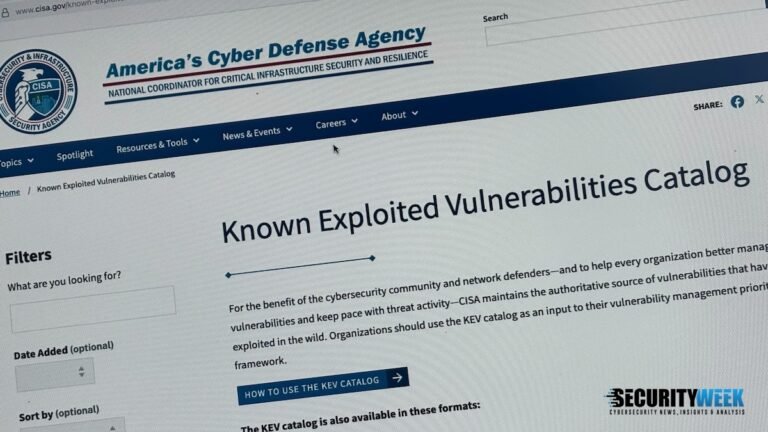Fast Facts
-
Vulnerability Details: The US CISA has warned about a high-severity vulnerability (CVE-2023-2533) in PaperCut’s NG and MF print management solutions, which enables remote code execution and unauthorized changes if an admin is deceived into clicking a malicious link.
-
Severity Ratings: The flaw is rated with varying CVSS scores: 7.9 by PaperCut, 8.8 by NIST, and 8.4 by Fluid Attacks, highlighting its significant security risk across all versions prior to 22.1.1.
-
Exploitation in the Wild: CISA added this vulnerability to its Known Exploited Vulnerabilities catalog, indicating that it has been actively exploited, although specific details on these attacks remain undisclosed.
- Urgent Patching Required: Federal agencies must identify and patch vulnerable PaperCut instances by August 18 per Binding Operational Directive 22-01; all organizations are also encouraged to review and prioritize patches for similar vulnerabilities.
The Core Issue
On Monday, the Cybersecurity and Infrastructure Security Agency (CISA) reported a critical security vulnerability affecting PaperCut’s NG and MF print management products, categorized as CVE-2023-2533. This two-year-old flaw, classified as a high-severity cross-site request forgery (CSRF) issue, has the potential for exploitation in the wild, particularly targeting administrators with active login sessions. If successfully manipulated, an attacker could entice an admin into clicking a malicious link, resulting in unauthorized alterations to security settings or the execution of arbitrary code. PaperCut has acknowledged the vulnerability’s severity, noting a range of CVSS scores—from an 8.4 identified by Fluid Attacks to an 8.8 rated by NIST—underscoring the urgency for protective measures.
The vulnerability impacts all versions of PaperCut NG/MF prior to 22.1.1 across various platforms, with remediation provided in the updated versions. CISA has included the vulnerability in its Known Exploited Vulnerabilities (KEV) catalog, prompting federal agencies to address this issue by August 18 under Binding Operational Directive 22-01. While this directive primarily targets federal entities, CISA strongly advises all organizations to assess their systems in light of this breach. Notably, data indicates approximately 1,000 PaperCut instances are exposed to the internet, raising concerns regarding their vulnerability and potential exploitation by malicious actors, who have previously taken advantage of similar flaws.
Potential Risks
The recent exploitation of the CVE-2023-2533 vulnerability in PaperCut’s NG and MF print management systems poses significant risks not only to its direct users but also to the broader ecosystem of businesses and organizations reliant on such technology. This high-severity cross-site request forgery issue can enable attackers to manipulate security settings and execute arbitrary code, potentially leading to unauthorized access and control over critical infrastructure. As PaperCut’s products are employed by over 100 million users across more than 70,000 organizations, the ramifications of a successful exploitation could cascade, resulting in widespread data breaches, operational disruptions, and compromised user trust. Furthermore, given that malicious actors have previously leveraged PaperCut vulnerabilities, the exploitation of this flaw may embolden similar attacks on related systems, thereby amplifying risks across interconnected networks and highlighting the imperative for timely patching and proactive cybersecurity measures.
Fix & Mitigation
Timely remediation is crucial for safeguarding sensitive data.
Mitigation Steps
- Immediate patching
- Implementing firewall rules
- Access control reviews
- Network segmentation
- Continuous monitoring
NIST Guidance Summary
NIST’s Cybersecurity Framework emphasizes proactive risk management. Refer to NIST SP 800-53 for comprehensive security controls applicable in this context.
Advance Your Cyber Knowledge
Discover cutting-edge developments in Emerging Tech and industry Insights.
Explore engineering-led approaches to digital security at IEEE Cybersecurity.
Disclaimer: The information provided may not always be accurate or up to date. Please do your own research, as the cybersecurity landscape evolves rapidly. Intended for secondary references purposes only.
Cyberattacks-V1

